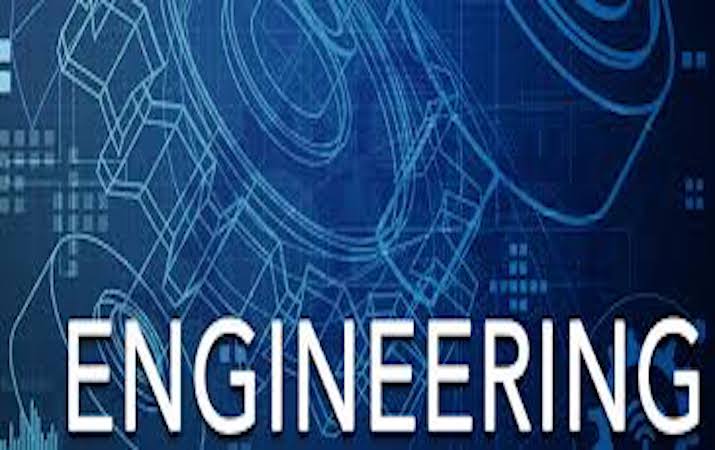- With a variety of industries currently experiencing digital transformation, the skills developed during an engineering degree mathematical, analytical, technological translate into a number of jobs, not just engineering.
Changes in society are driving up demand for experts in STEM industries, and unless we meet this demand, we are at risk of costing the local economy billions of dollars in the lost potential for additional GDP. The obvious solution is to depend on our higher education institutions. However, there is a trend where, on graduating, engineering students enter non-professional engineering occupations. So, what is putting them off? And what teaching methods can universities use to encourage more students to move into the engineering sector?
One factor that might put these students off an engineering job is that other industries are offering more desirable graduate packages, including bigger pay-packets, particularly now that graduates are being left with burgeoning student loans to repay. With a variety of industries currently experiencing digital transformation, the skills developed during an engineering degree mathematical, analytical, technological translate into a number of jobs, not just engineering. Therefore, we must inspire these students by using more innovative teaching techniques and increasing employer engagement methods in higher education.
Approach for change
More ambitious and challenging project-based learning is the key. This teaching technique allows educators to bring their course material closer to real life and enables young people to get a hands-on experience so they can see that computing, maths and physics are very creative as well as technical. Capturing their imagination whilst at university can help ensure that students maintain their interest in engineering science into a profession after graduation. Project-based learning allows students to see, hear and touch what would otherwise be completely abstract and gives them a better idea of what a career in STEM might entail on a day-to-day basis.
Industry-standard software and hardware can also be used in education, giving students an experience with engineering tools and practices they will use in employment. For example, by incorporating industry-standard software such as MATLAB and Simulink, instructors not only keep students motivated but also prepare them for the working world.
We have also witnessed the success of global competitions such as the ROBOCON competition, where engineering students are acquiring skills that are directly transferable to real-world design. These competitions support teams who start with nothing and then must conceptualise, design, build, test and race their own solution, and then show their work to a panel of judges who determine how well each team explains the logic behind the design process.
Ultimately, we do not have time to wait for universities to change their stance on this issue. The engineering industry must take more responsibility and help support education bodies to incorporate these initiatives so that we have a steady stream of engineering talent entering the engineering workforce.
Article Courtesy: The Hindu
